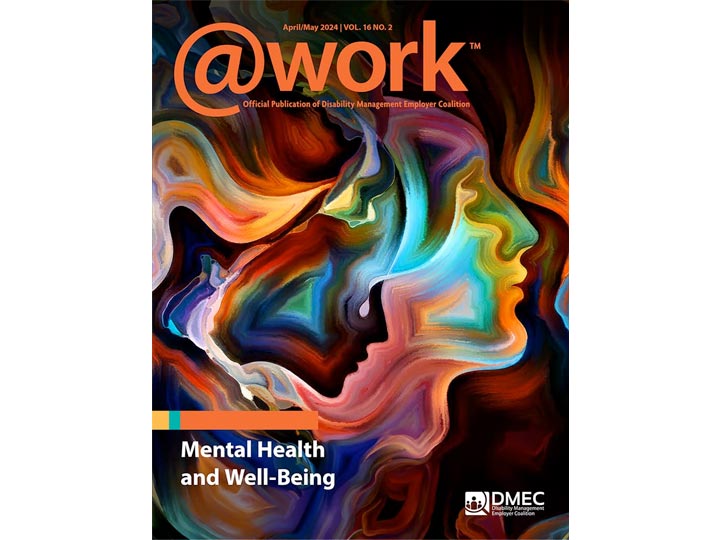It’s a fact: Disability Law can be confusing.
Take that statement and multiple it by a factor of 10 if you are an employer in California. You may not be an attorney, but some basic understanding of Disability Law will help simplify your approach to this issue, and ensure you are following the laws in the workplace.
As a California employer, if you employ more than 5 employees, you must comply with the California Fair Employment and Housing Act (FEHA). As long as you set your standard to FEHA, you can be assured you will also be complying with your obligations under Title I of the Americans with Disabilities Act (ADA) as California law still requires more of you than federal law.
Defining “Disability”
FEHA broadly defines a disability as a physical disability, mental disability or medical condition. It requires an individual’s disability “limit” a major life activity – work being a major life activity. This is different than ADA law which defines a disability as a condition that “substantially limits.” Because of this, in California, disabilities will always include short-term or temporary conditions that impact the employee’s ability to perform some aspect of their job. It’s important to understand the threshold for having a disability in California is very low and can include such things as individuals suffering from a bad back or even allergies.
Higher Liability for California Employers
Perhaps one of the most notable differences between FEHA and ADA law is the federal ADA law puts a cap on lawsuit dollar amounts based on the number of employees. The FEHA has no damages cap in a civil action. This leaves California employers exposed to the pitfalls of high legal fees and large awards. Additionally, according to FEHA, individuals can also be held liable, meaning supervisors can personally be named in lawsuits.
Solutions
All of this points to the fact employers need to develop and maintain a comprehensive Disability Management Program. Employers throughout the United States are encouraged to implement the following success strategy:
- Develop It: Develop and implement a comprehensive Disability Compliance program. Know when you are triggered and use the Disability Interactive Process HallwayTM to manage all requests and needs for accommodation.
- Staff It: Have sufficient persons in your organization knowledgeable enough to manage your program.
- Consistently Apply It: Be disciplined in consistently applying your program across your organization – even when it is unpopular or hard.
- Document It: Document everything you do. If you did not document it, you simply did not do it!






